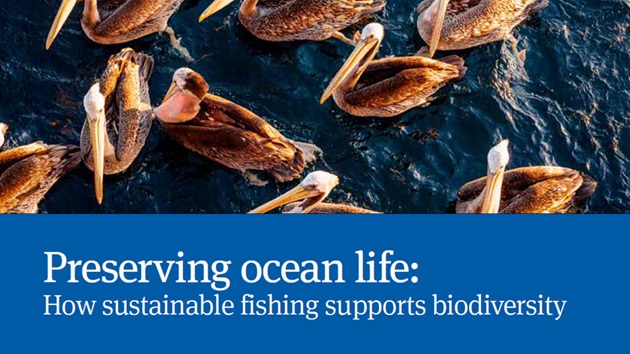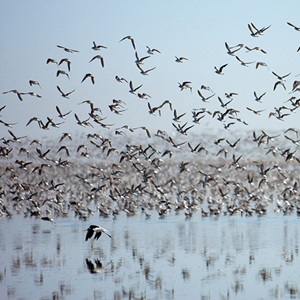Sparkly lures prevent wildlife entanglement and save thousands of crabs in Mexico.
Fishery
Red and common octopus fishery
Location
Yucatan Peninsula, Mexico
Status
Fishery Improvement Project, MSC Improvement Program
Small changes, big impact
In fisheries science, small changes can have a big impact. At the red and common octopus fishery in Mexico’s Yucatan Peninsula, coloured crabs, made using epoxy resin, are being used as bait in place of real crabs. This lessens the impact on crab populations, as an estimated 1,000-1,500 tonnes of crabs were being used as bait for octopus fishing annually.
The octopus fishery is one of the most important in Mexico and one of the largest worldwide, supporting more than 15,000 jobs. To catch red octopus, fishers use the traditional "gareteo" fishing method, where a boat drifts with two rods; each rod
has up to five lines with just bait and no hooks. As demand for the catch has increased – landings have doubled over the past decade – there has been a rise in demand for crabs used as bait.
However, the use of crab baits
can have an environmental impact. The crab baits are only good for around two days and after that they are regularly disposed of on beaches, along with the rope that secures them whilst fishing. In an area of rich biodiversity, this can entangle birds
and other local wildlife as well as pollute beaches.
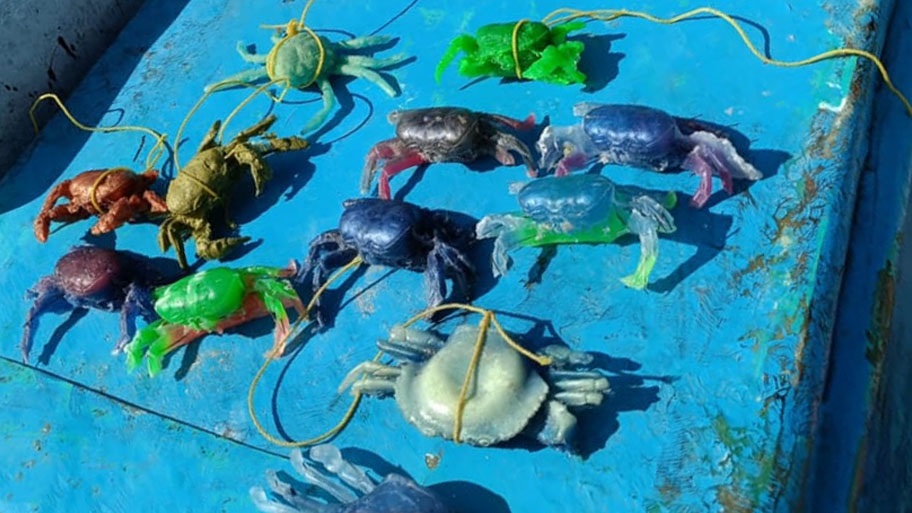
Coloured crab lures © Ana Pozas / Ocean Nexus
As part of its work in the MSC’s Improvement Program – which offers a structured, measurable path towards certified sustainability – the fishery is seeking to minimise its environmental impact and ensure the protection of Endangered, Threatened and Protected (ETP) species. To support with this, the fishery was set a goal of gathering information relating to its choice of bait. DNA analyses were introduced to identify bait species and their origins. This enabled the fishery to
confirm that it was not using any ETP species as bait.
The development of the artificial lures enables fishers to bypass the need for any testing. The artificial lures replicate the shape, structure and weight of live crustaceans
and boast greater longevity, lasting a whole season or more.
During the 2024 fishing season, as part of a pilot trial, more than 2,500 lures were used along the Yucatan coast, benefitting both the fishers and the coastal ecosystem. These sparkly lures are now being sold to other fisheries and efforts are underway to create biodegradable models to further reduce waste in case they get lost.
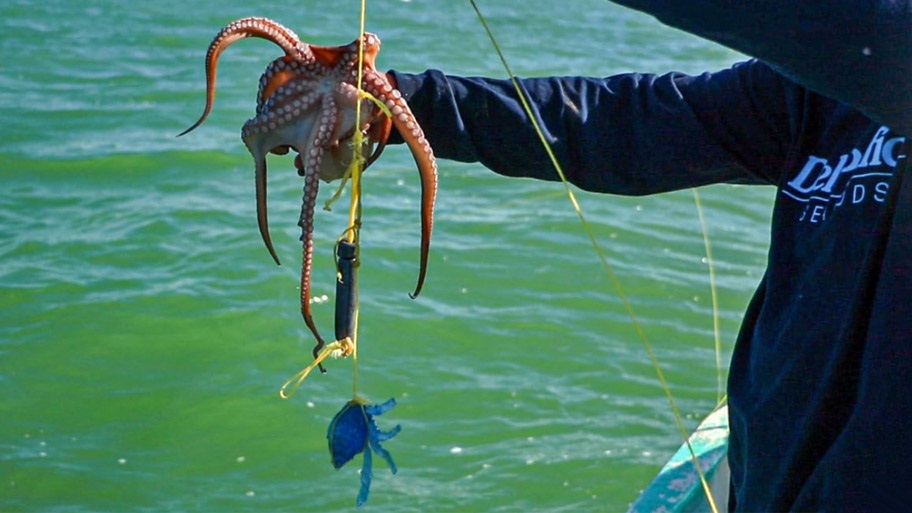
Fishing with artificial crabs. © Ana Pozas / Ocean Nexus
“Our octopus fishery is highly selective thanks to the fishing method, which consists of drifting baits, and the design of the fishing season. However, we rely on large quantities of crabs as bait, which creates an ecological impact. By using artificial lures, we aim to reduce this impact while also increasing our profitability and improving the food safety of our catches.”
Fisherman from Celestún
Read our full report
Related studies and articles
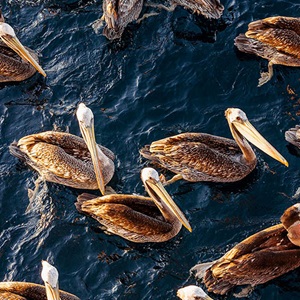
Helping pelicans thrive
/biodiversity-and-fishing-spotlight.tmb-thumb300.jpg?Status=Master&Culture=en&sfvrsn=7d1e89b7_1)


